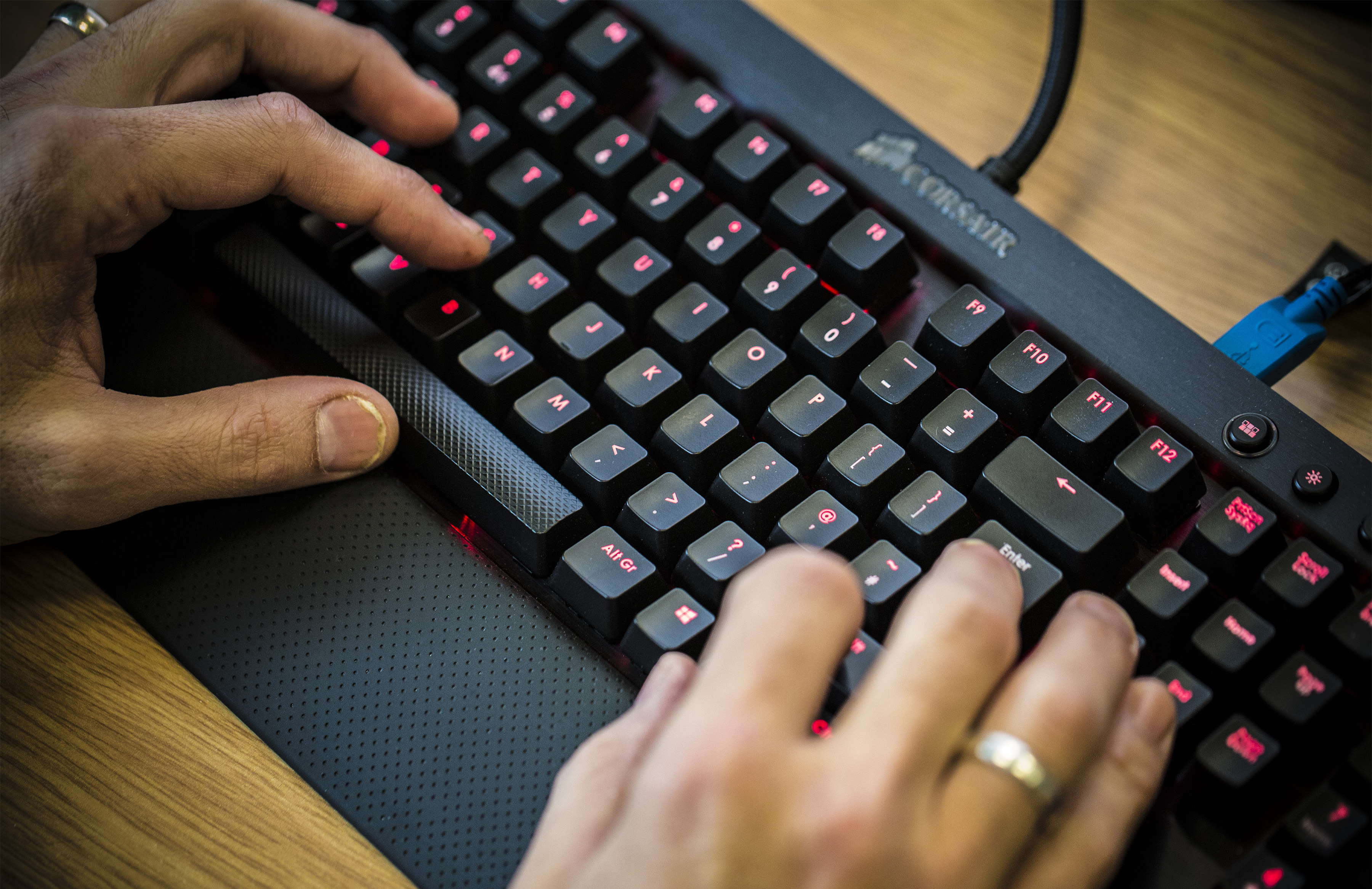Some of you may be old enough to remember Pac-Man, which was a famous arcade game that featured the tiny, yellow titular character that gobbled up ghosts whenever they snacked on some cherries or other fruits.
Now, imagine if Pac-Man was made of living frog cells, and managed to get himself some children and grandchildren through a pretty radical way of cell reproduction. That’s precisely what a recent study published in the Proceedings of the National Academy of Sciences claimed to have just done—down to even the video game character’s shape.
The effort was spearheaded by Sam Kriegman, from Harvard University’s Wyss Institute for Biologically-Inspired Engineering (WIBE). Together with a team from Harvard, the University of Vermont (UVM), and Tufts University (TU), Kriegman crafted artificial “Xenobots” from cells harvested from the African clawed frog (Xenopus laevis)—and they did it with the help of supercomputers and artificial intelligence.
These “Xenobots” actually made headlines last year for being the “first living robots,” with the authors referring to them as “living, programmable [organisms.]” The previous study was also published in the same journal as this one, just nearly two years prior.
The Xenobots were “assembled by hand,” and moved around with the help of “stored embryonic energy,” according to New Atlas. These artificial creations were confined in Petri dishes, where they performed certain tasks designated to them depending on how they were designed; these included either moving stuff around inside the dish, or just outright “reproduction” by gathering material from nearby loose cells.
They enabled these capabilities for the Xenobots by using supercomputers; to be specific, they aimed their efforts towards the use of evolutionary algorithms to explore different body shapes. The hopes were that the team would arrive in an optimal body shape that can promote and sustain a special kind of reproduction the scientists coined “kinematic reproduction.”
And they did—it just so happens that their final design ended up looking like a particular yellow arcade game character from the ‘80s.
Said Kriegman: “We asked the supercomputer at UVM to figure out how to adjust the shape of the initial parents, and the AI came up with some strange designs after months of chugging away, including one that resembled Pac-Man. […] We sent the results to Doug [Blackiston] (co-author), and he built these Pac-Man-shaped parent xenobots. Then those parents built children, who built grandchildren, who built great-grandchildren, who built great-great-grandchildren.”
The novel reproduction process, which involves the Xenobots collecting more cells in their “mouths” then producing duplicate copies of themselves, takes place over the span of a few days. As of the time of writing, no other known animal or plant is known to reproduce in this manner.
“This is profound,” says co-author Michael Levin, who worked with Kriegman and Blackiston. “These cells have the genome of a frog, but, freed from becoming tadpoles, they use their collective intelligence, a plasticity, to do something astounding.”
Kriegman continued: “These are frog cells replicating in a way that is very different from how frogs do it. No animal or plant known to science replicates in this way,”
According to the authors, their results showcase Xenobots to be the “ideal vehicle to study self-replicating systems,” which may pave the way for future replicating robots that can rid oceans of microplastics, or for use in the medical and pharmaceutical sector.
“If we knew how to tell collections of cells to do what we wanted them to do, ultimately, that’s regenerative medicine—that’s the solution to traumatic injury, birth defects, cancer, and aging,” Levin added. “All of these different problems are here because we don’t know how to predict and control what groups of cells are going to build. Xenobots are a new platform for teaching us.”
“We’ve discovered that there is this previously unknown space within organisms, or living systems, and it’s a vast space,” says co-author Josh Bongard. “How do we then go about exploring that space? [Now,] in this study, we’ve found Xenobots that kinematically replicate. What else is out there?”
(For similar cell-based finds, check out how researchers discovered that red blood cells can function as tiny “transmitters” of electricity.)
References
- Brown, J. (2020, January 14). Team builds the first living robots. The University of Vermont. https://www.uvm.edu/news/story/team-builds-first-living-robots
- Brown, J. (2021, November 29). Team builds first living robots—That can reproduce. Wyss Institute. https://wyss.harvard.edu/news/team-builds-first-living-robots-that-can-reproduce/
- Dockrill, P. (2021, November 30). Bizarre creatures are world’s first self-replicating ‘living robots’, scientists say. ScienceAlert. https://www.sciencealert.com/world-s-first-self-replicating-living-robots-look-like-pac-man-but-are-much-weirder
- Kriegman, S., Blackiston, D., Levin, M., & Bongard, J. (2020). A scalable pipeline for designing reconfigurable organisms. Proceedings of the National Academy of Sciences, 117(4), 1853–1859. https://doi.org/10.1073/pnas.1910837117
- Kriegman, S., Blackiston, D., Levin, M., & Bongard, J. (2021). Kinematic self-replication in reconfigurable organisms. Proceedings of the National Academy of Sciences, 118(49). https://doi.org/10.1073/pnas.2112672118
- Lavars, N. (2021, November 30). Self-replicating Xenobots represent new form of biological reproduction. New Atlas. https://newatlas.com/science/pac-man-living-xenobots-reproduction/











